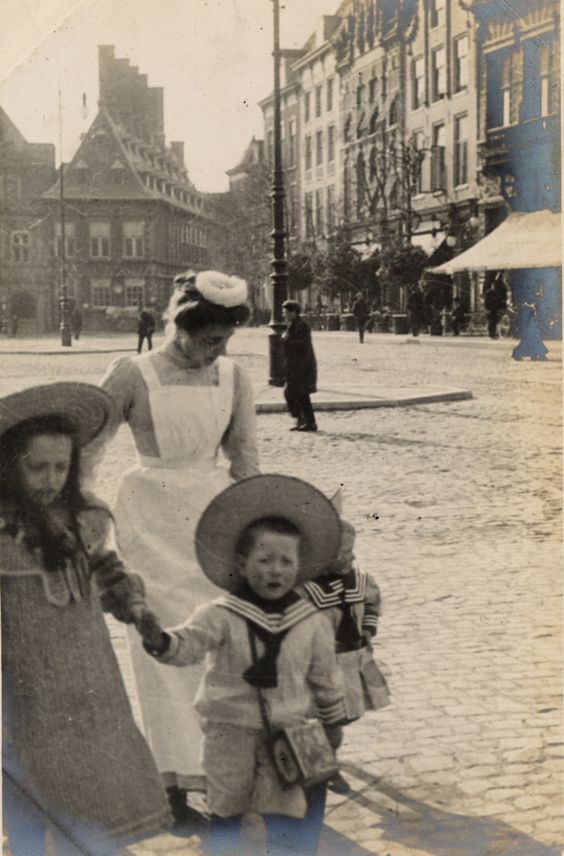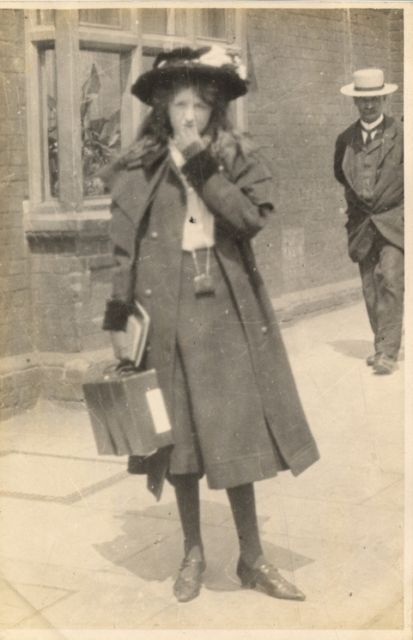Fashion
A; B;
Welcome to the museum! Here, you will find a number of exhibitions, collections of artifacts, objects of interest and curiosity, even more thought fragments, shrines, homages, and more.
Which exhibit catches your eye?
[13-07-22]
Reworked Layout
___
UPDATE LOG
Exhibit A;––– [30-06-22], [01-07-22]
Exhibit B;––– [30-06-22]
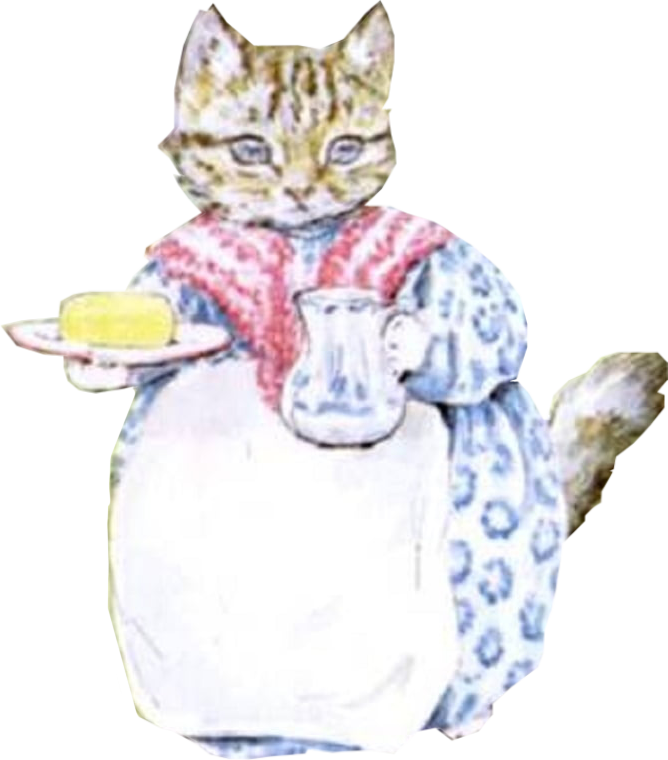
Fashion :: Exhibit A
Grim, Grimms, Grimoire: The Sentiments of Dolly Kei
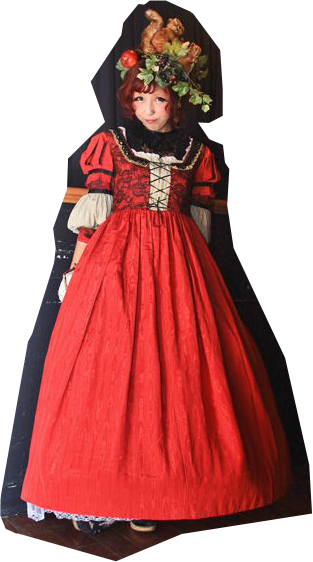
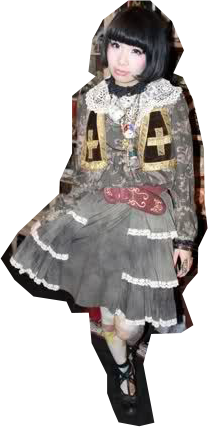
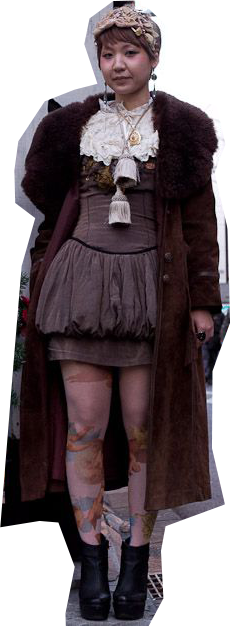
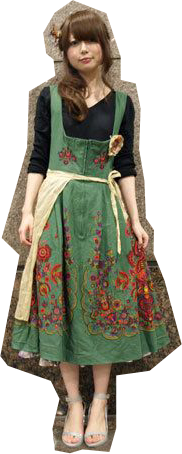
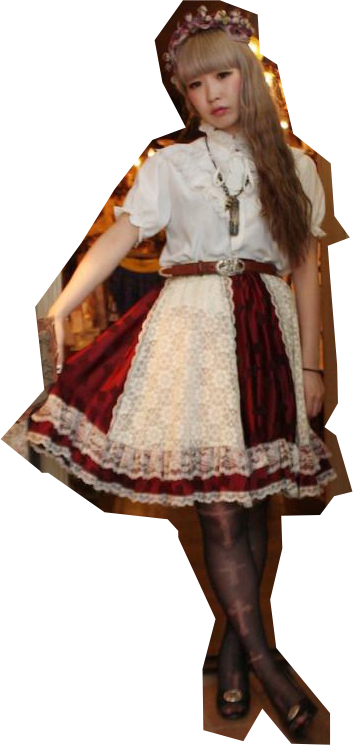
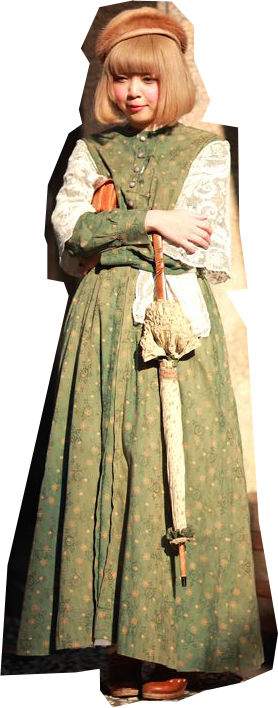
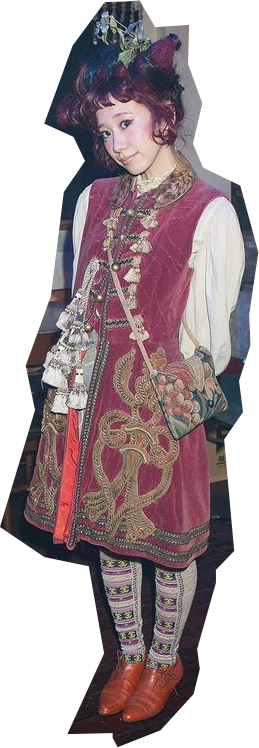
Dolly Kei, Grimoire or アンティーク (antique) in Japanese, which is arguably more fitting, is a fashion style that originated in Japan in the 2010s, alongside with Cult Party Kei and Mori Key. It is very often compared to them due to various factors such as inspiration and the high level of layering, but what sets Dolly Kei apart from the others is a kind of mature, withered, almost grotesque flair. One may even notice similarities between it and other unrelated styles, such as the western whimsigothic.
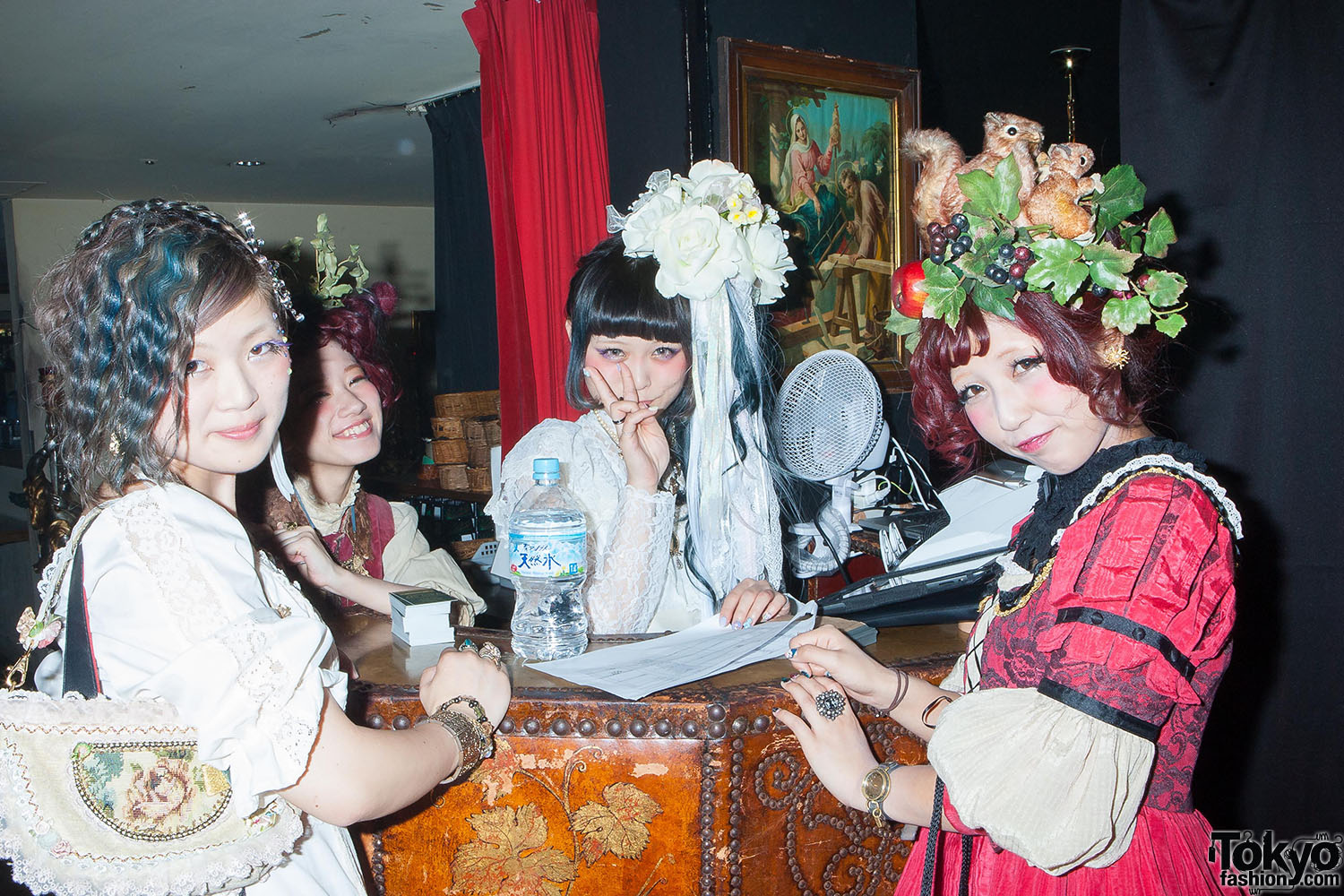
As lots of information about this style has been removed from webpages or lost to time, one can only piece together the remaining pieces that are a few scattered articles from mainly independent blogs, as well as often very low-res images from street snaps. A consolatory fact is that this reflects the style’s philosophy: unlike with other fashion subcultures, there are little to no rules to Dolly Kei. There is no single accessory or pattern that is a hard must in a Grimoire coord; there are only pointers on what you could use for yours. There is no required silhouette, hemline or skirt length. The wide variety of fabrics and textures not only guarantee a recognisable outfit also give tons of leeway and possibilities to make it even more personalised. But, there is one set cornerstone: Dolly Kei is old and vintage.
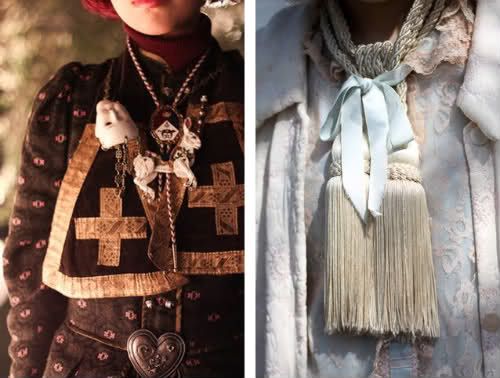
The Antique style is often described as being inspired by Grimms’ fairy tales, which entails clothes and patterns from Central, Northern and Eastern Europe (Hungary, Austria, Germany, Switzerland, Norway, Sweden, Czechia, Slovakia etc.) and inspiration or references of "days of yore", such as the Medieval and Renaissance as well as Bohemian. The silhouettes, hairstyles and makeup often resemble Classical or Country Lolita looks, although Dolly Kei is considerably more dusty, morbid and even grimy, getting closer to Gothic or Kuro. It resembles something found in an antique chest the attic of an abandoned decade-old mansion deep within the woods, to which bread crumbs on the path had led you.
Colours: primarily dark & jewel tones such as deep reds, greens and browns, golds, but brighter versions are also possible! Although those are more easily confused with Mori or Cult Party.
Materials: cottons, linen, wool, gobelin, jacquard, velvet & velveteen, lace & ribbons, knitted garments, embroidery, leather, fur. Avoid synthetic fibers (faux fur is an exception).
Accessories: antique jewellery, vintage umbrellas or parasols, tassels, odd fellow & other collars, aprons, relics & artifacts, millinery objects (such as fake fruits, plants and animals), interesting belts, bows & ribbons, pouches, colourful tights, satchels & purses, generally vintage objects repurposed as accessory items.
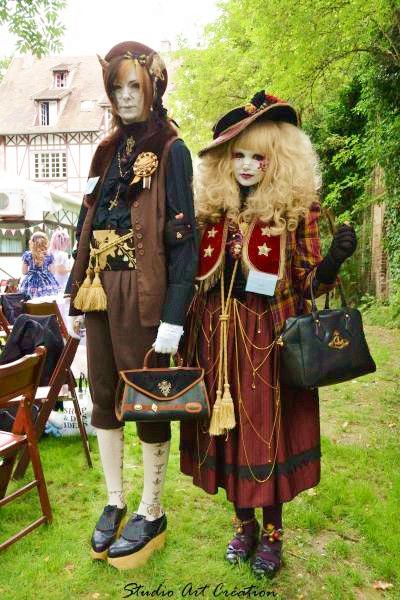
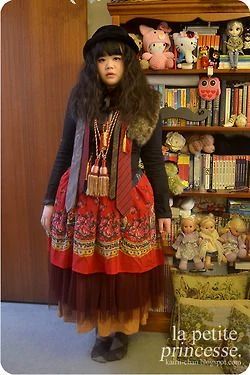
Fig. 04: The ties?
While researching this arguably dead genre of jfashion, I was wondering why I even took interest in it in the first place. I’m not really one for jewellery or creepy, even edgy things, like doll parts as accessories; though I like clothes made of natural material and dark tones that are reminiscent of autumn. But, I have come to a conclusion.
I absolutely do not consider myself a patriot, nor nationalist, nor being considerably fond of my country. Yet, there is something that sparks joy in me when I see Dolly Kei coords, which very often include a part of my culture, whether it be a skirt, a pattern or accessory. I suppose that I do not feel much for my country, but rather for the bygone lifes my ancestors lived and the customs they practised. It finally helps me understand why so many neopagans work towards connecting spiritually with their ancestors. It comes as no surprise that I am fond of old cultures and customs; I’ve been interested in them for a long while – but this cultural self-love is something new to me. So, it makes me happy to see my roots being appreciated and considered as aesthetically pleasant by at least a small group of people that are not from here; people that do not wear it to show pride in their country or wear it because it is “traditional”, but because they see its individual appeal. The new, modern versions of my country’s traditional garb and clothes are, in my opinion, very distastefully combined and arguably not very pretty or comfortable. But its vintage counterparts, combined with other more casual articles of clothing as seen in Dolly Kei, redeem them for me, and make me want to embrace this fashion.
Fashion :: Exhibit B
The Style of Victorian Era Children

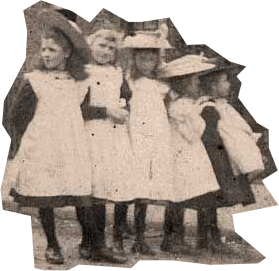
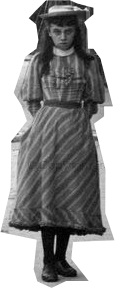
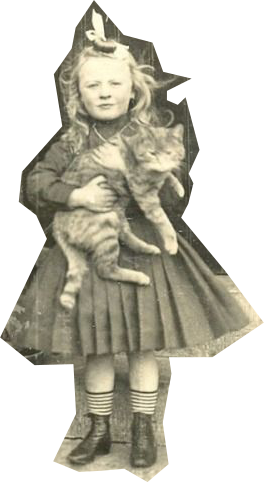
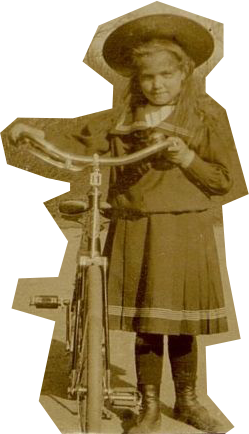
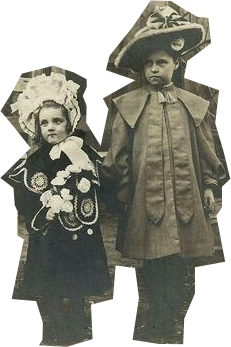
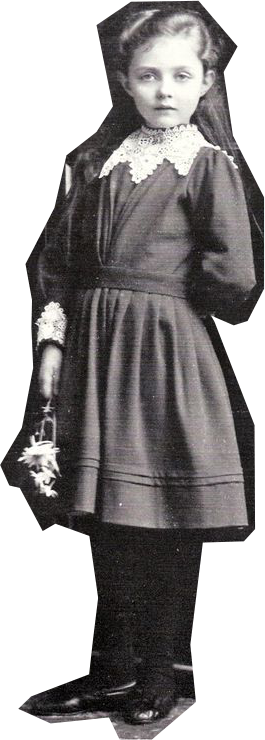
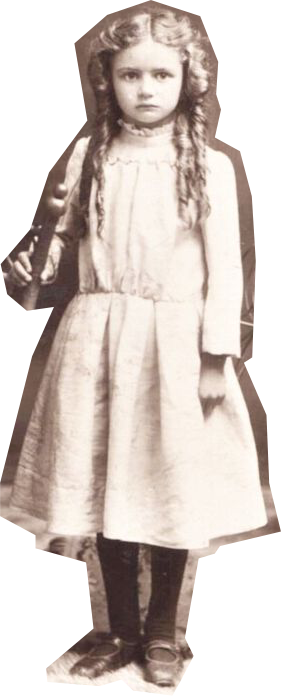
As an avid lover of historical fashion, it's hard for me to choose a favourite style, a favourite era; with a single exception. Airy white cotton blouses and summer dresses, felt or woolen winter coats, decorated sailor suits, huge hats, copious amounts of lace signify my favourite style of all – the victorian era fashions for children. Viewing vintage photographs or preserved clothes from that time, the children’s and preteens’ clothes immediately attract all my attention.
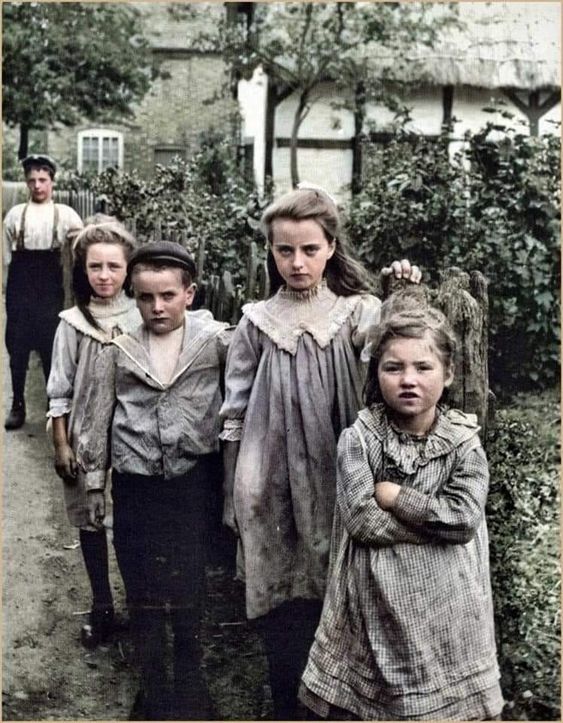
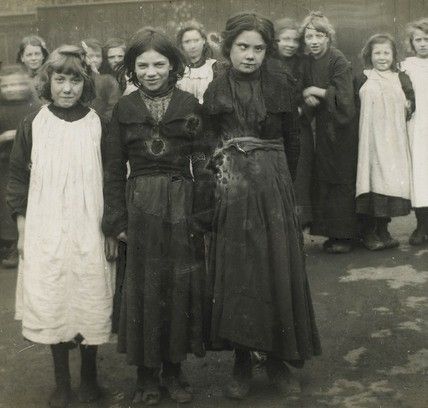
The differences between the garments for the adults and the children from that time may seem few to some, with the line becoming even less distinguished when reaching the preteens, but I object. There are, of course, adult-only garments, like underwear, the corsets and garters and bustled petticoats and everything that change one’s entire bodily shape, making it comically exaggerated at times, which are completely absent within children’s fashions. For a stout little girls body, a dress surely has to be fitted to those proportions, probably even baggy so she can grow into them, making the clothes more familiar to the modern eye. The most you will see is an added underskirt or petticoat, which may alter the silhouette slightly, but not to such drastic extents.
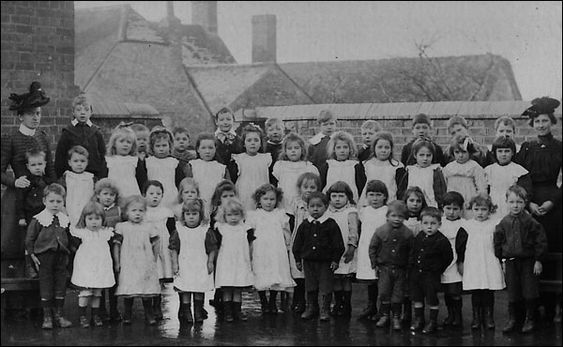
I believe it is now time to also adopt this aesthetic for our own clothes. Sometimes, though not that often in my opinion, you can see them nowadays within Lolita and EGL, but with that also come the downgrades of modern fabrics and materials, colours and prints and the such. With acquiring proper period sources, I want to recreate the victorian child’s wardrobe for myself. I love wearing dresses and skirts, stockings, capes, aprons and long coats. I love their boots and puffed sleeves, the lace collars and huge ribbons. The sailor suits and massive straw boaters or bonnets. The childish proportions makes historical fashion more fun, more relaxed and proper for both leisurewear and dressing up, it looks cute and sometimes even comfortable, but not too infantile.
